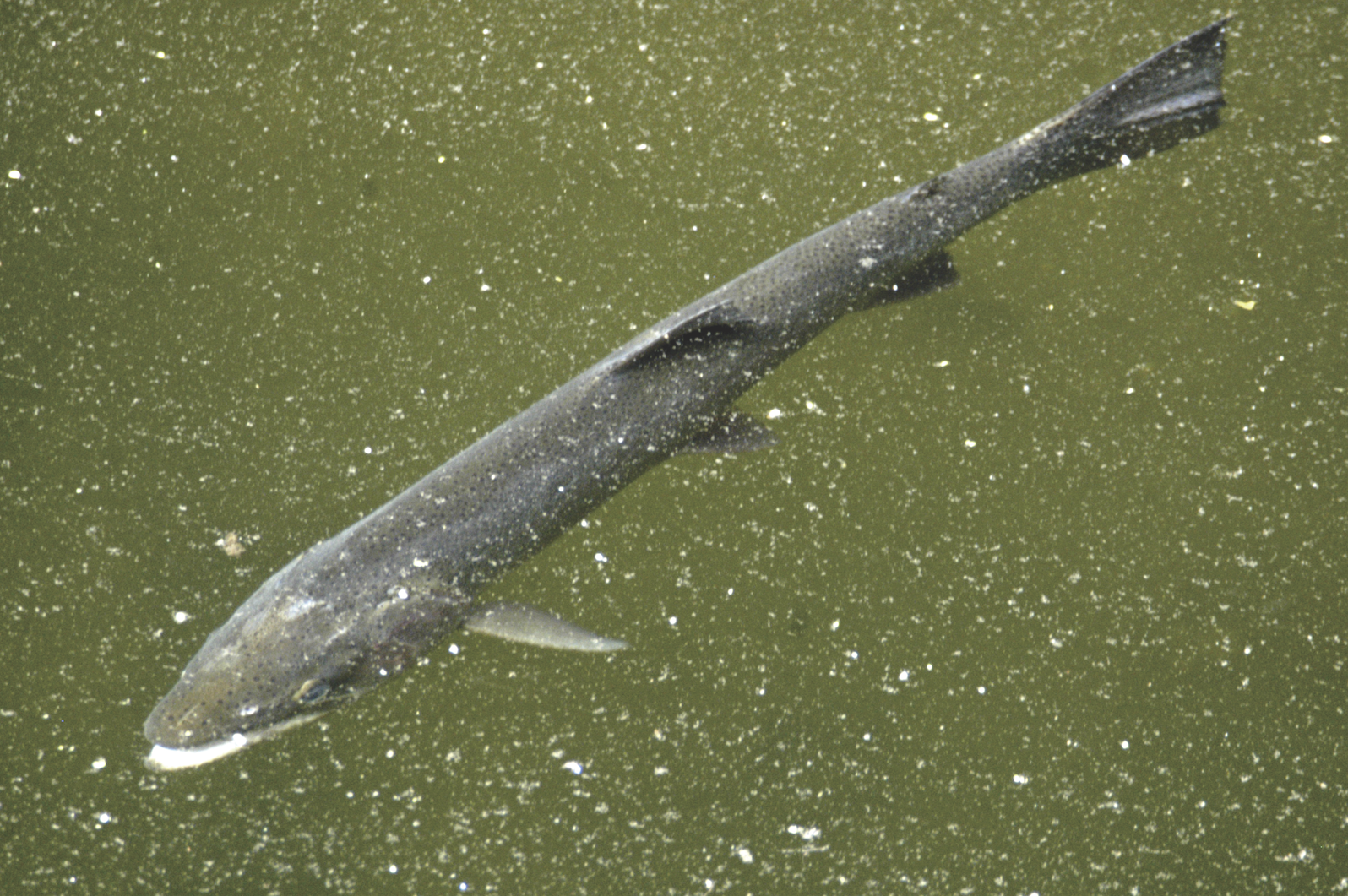Stage Set for Steelhead Fight
Downstream Communities May Lose More Water to Fish

Though Governor Brown declared the official end to California’s historic drought, state water agencies that rely on Lake Cachuma still face some stormy weather ahead. Last November, the National Marine Fisheries Service (NMFS) — charged with protecting endangered steelhead trout — issued a “Biological Opinion” regarding Cachuma dam’s impact on steelhead populations. Still in draft form, its contents have not yet been made public, but those involved in the process believe it will dramatically change how much lake water the entitled agencies will receive.
“BiOps,” as such reports are colloquially known, seek to safeguard dwindling fish populations, packing the regulatory weight of the Ten Commandments. The NMFS sent its draft opinion to the Bureau of Reclamation, which built Cachuma’s Bradbury Dam in the 1950s and now owns it. Very different missions drive these two federal agencies: Reclamation provides water, while NMFS saves fish. No area water agencies that rely on Lake Cachuma received the report. A few of these agencies and one steelhead advocacy group had to go to court to get the right to even comment on the draft order, but none have a seat at the bargaining table.
While some trout advocates hope the new Biological Opinion is “the Second Coming,” water managers have been bracing, instead, for “the end of the world.” If sources claiming to have knowledge are correct, the report is recommending far more water be released from the dam into the Santa Ynez River than anyone expected. It also reportedly finds that Cachuma threatens the survival of the steelhead. A past opinion required a spawning habitat be established below the dam; the new opinion reportedly requires a suitable habitat be maintained above it, as well. This would allow trout to reach spawning grounds farther up the river by “trapping and trucking” steelhead below the dam and driving them to upstream locations.
The gag order prevented all parties legally entitled to read the draft report from commenting, but all agreed that this BiOp, like others in the past, is expected to generate intense debate and possible litigation for years to come.


